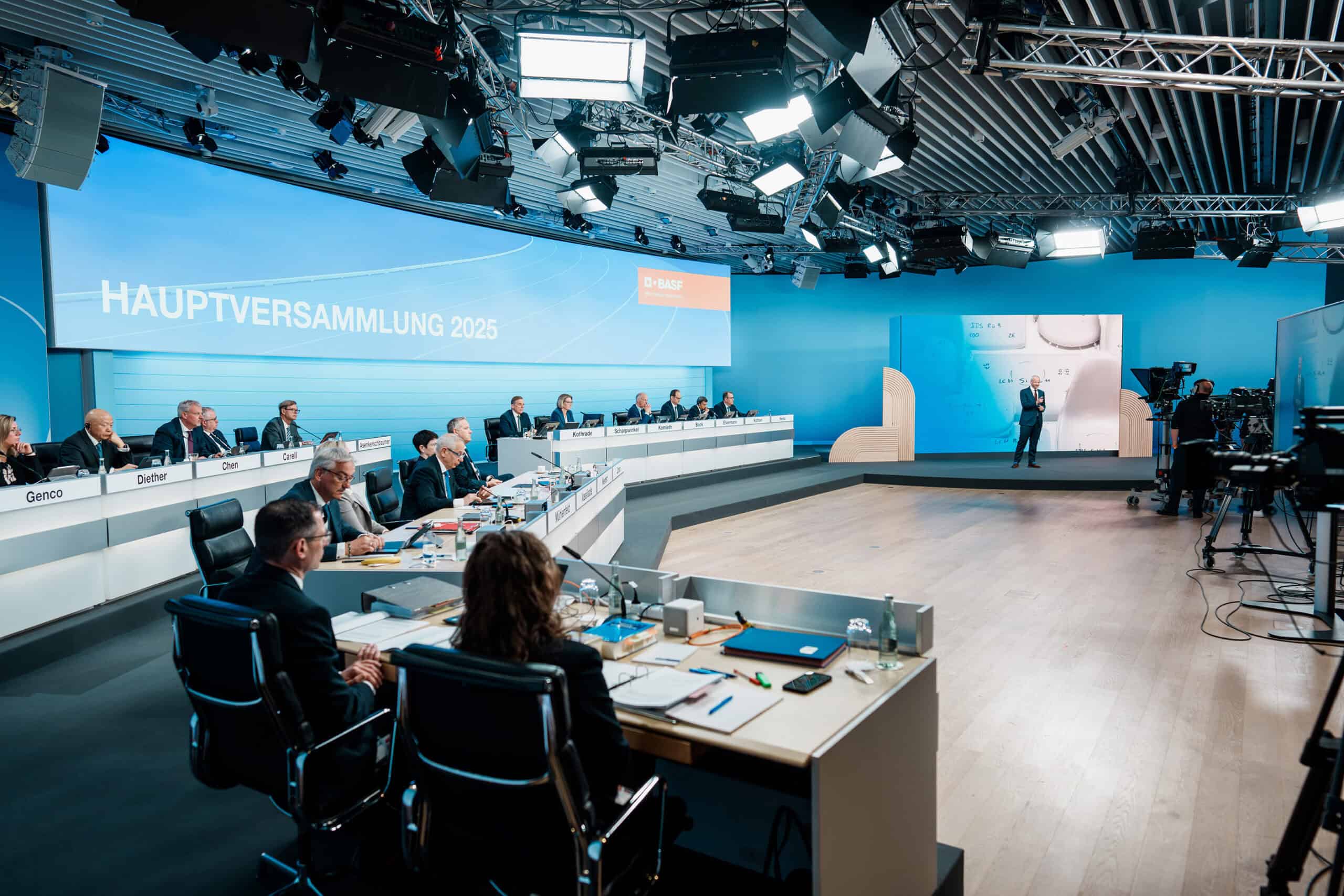Running large interconnected chemical complexes is a religion at BASF. The German company stuck fast to its mantra of “Verbund” integrated value chains when all around competitors — like Dow and DuPont — merged and broke up into smaller, more agile players.
As a result, Verbund bashing became a bit of a thing. Successive CEOs took their fair share of flak as the concept began to look like an outdated and staid dogma when compared with the newly created specialists in coatings or high-performance aerospace materials.
So it’s notable when the doubts and questions die down a bit, at least amongst the financial community. At today’s virtual shareholder meeting, the catcalls and “dinosaur” taunts continued as shareholders laid bare their disappointments around BASF’s share price and strategic nouse in a succession of lengthy on-screen questions. They have read about BASF’s competitors in commodity chemicals in Europe, including Dow, LyondellBasell, and SABIC, heading for the door.
But thanks to Trump administration tariffs and economic volatility, local-for-local production is now being held up as the winning formula. With Verbunds in China, the US, and Europe, BASF can generate almost all of its sales locally, even in super long chains like polyurethane. In Europe and North America, it is 90%. In Asia, it is 80%.
At a certain level, BASF’s Verbund approach is somewhat back in fashion.
One year into his CEO tenure, Kamieth may have an easier time defending the Verbund than his predecessors did if he can deliver on improvements.
He accepted productivity, profitability, and value creation had sometimes fallen short but he told shareholders BASF needs to stick with the strategy, albeit with some tweaks.

“Our size leads to excellent cost positions, just look at high volume products like acrylic acid where we have a lot of capacity,” Kamieth said.
“The competitiveness of the Ludwigshafen site is very much related to the size of the company and the scale of the synergies. At smaller companies, you don’t see that.”
Ludwigshafen is BASF’s flagship site and will be adapted. An analysis found 80% of the facility, which contains some 900 production lines, remains competitive. The remainder is either already facing competitive pressures or expected to in the future. He promised swift and decisive action, including the closure of some plants and the improvement of others, against a backdrop of a general purge on costs and some headcount reduction.
There will be new additions, too. BASF is expanding production of ultra-pure sulfuric acid needed for semiconductor production, with a high double-digit million-euro range investment. The new facility will come on stream by 2027, around the time that Taiwan’s TSMC will open its first facility in Europe. Intel is also planning investments in Europe, although the timing is less certain.
There is a lot riding on the new Zhanjiang, China Verbund, costing around EU10 billion. The construction phase remains on track and below budget. By the end of the year, the site will be ready for production, and there are customers nearby to take the product. There is still a question mark hanging over what the margin will be, Kamieth said.


